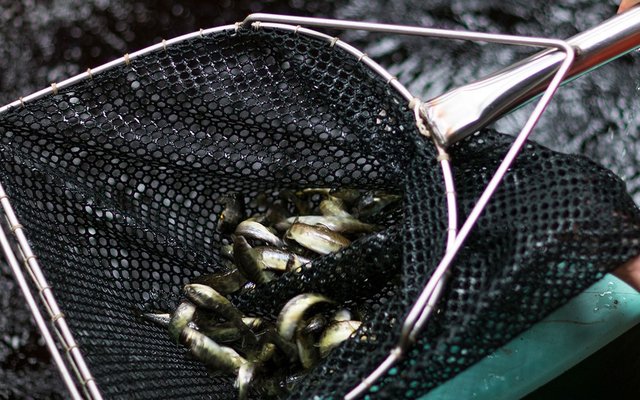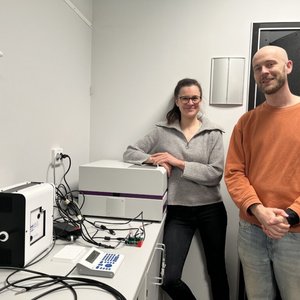Mucosal surfaces are key components of teleost health, providing defense against opportunistic pathogens and other insults. Maintaining the integrity of mucosal surfaces and their associated microbial communities, especially the gill and skin that have large surface areas exposed to the environment is essential.
The production of Atlantic salmon in land-based recirculating aquaculture systems (RAS) has increased significantly in recent years as it allows greater control over the stability of the environment in which fish are reared, reduces water demand and minimizes environmental impacts. However, little is known about the impact of the RAS environment on the temporal dynamics of skin and gill mucosal microbiomes.
A team of UK researchers examined microbial communities in gill mucus, skin mucus and rearing water throughout freshwater (FW) RAS production, and at 1-week and 4-weeks following transfer to seawater (SW) in open cage production using 16S rRNA sequencing.
Microbial diversity and richness in skin and gill mucus of fish reared in a RAS system were temporally dynamic. Dynamics in richness and diversity were similar in the two mucosal tissues, and to some extent also mirrored that of the surrounding water.
Dysbiosis indicated by an abrupt decline in diversity during FW production coincided with an increase in the relative abundance of two taxa belonging to the RAS-biofilter-associated nitrogen-cycling genus Hydrogenophaga in RAS tank water and this was also observed in gill and skin mucus. Extensive overlap in core taxa was observed between gill and skin mucus, but host-specific cores were non-existent during the dysbiotic event with all cores present in the rearing water.
Diversity remained stable during the transition from FW to SW, but distinct community composition and core taxa were observed in the two environments. Although RAS are closely controlled, significant temporal variation could be observed in temperature as well as levels of CO2 and nitrogen compounds, reflecting the increased biological load within the system over time.
“The results presented here suggest that, in terms of microbiomes, dysbiosis may occur in both the RAS environment and fish mucosal surfaces over time, but microbial communities have the capability to recover,” researchers concluded.
Check out the study here.












